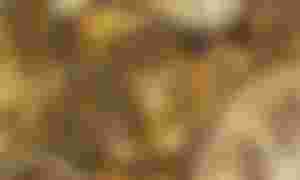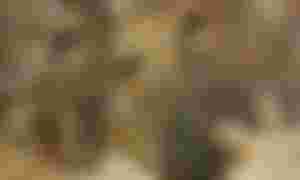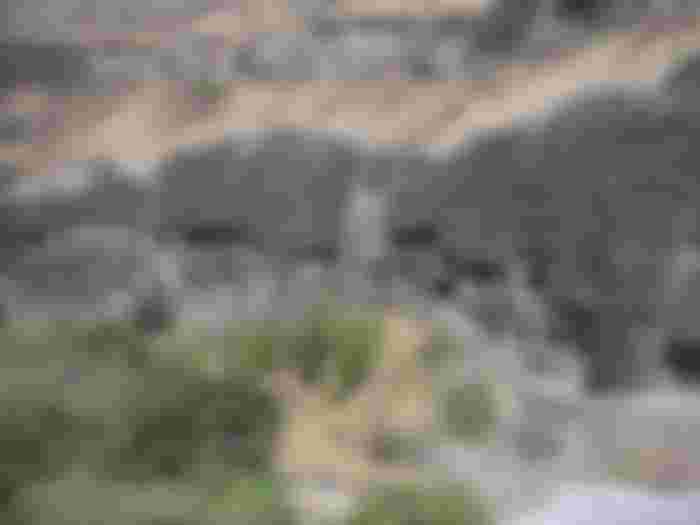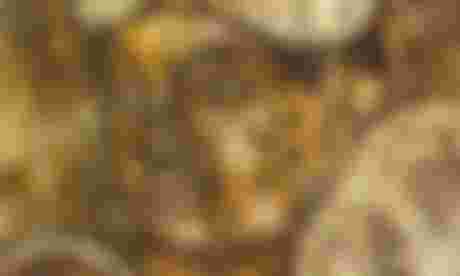1819 The Indian subcontinent was then under British rule. On that occasion, various British merchants, officials and tourists would go on exciting adventures in different parts of India. As the young British army officer John Smith came out.
The forest-surrounded Ajanta Cave was then buried under the ground. The little part that was left was surrounded by tigers. Luckily, the English officer and his team went there to hunt tigers.
Running after the tiger, he suddenly found a narrow entrance to the cave. Inside it lived innumerable tigers. But seeing the condition of the cave, he no longer had the main purpose of hunting tigers, the cave itself became the main subject of his interest. The intoxication of discovery sat on his head.
Then, under his leadership, the high-walled Ajanta cave was excavated and rescued. Inside the cave are 30 rocky cave temples and monasteries. There are also numerous cave paintings, statues and graffiti. It is an excellent example of Buddhist art. No other ancient installation has found a more advanced and artistic Buddhist art.
The historic cave is located at Ajanta, about 102 km north of Aurangabad in Maharashtra, India, and about 450 km east of Mumbai. These temples are built by cutting stones inside a hollow natural cave made of granite stone inside a 22 meter high gorge on the banks of the river Waghora.

Researchers have not been able to determine the exact location of the caves. These temples were originally thought to have been built in the first century BC. But later research on its murals and artefacts shows that these temples were built between 200 and 600 BC.
When the cave was abandoned in favor of the nearby Ellora Cave in 650 AD, it continued to be neglected for nearly 1,200 years. Gradually, various wild animals and insects started nesting there. Nameless and unknown plants grow. The infrastructure of the cave gradually goes underground due to floods and inundation.
Since then, this shallow jungle has become a tiger's paradise. Although there lived a small indigenous people called the Villas, they were accustomed to living in the wild. The Ellora Cave is located just 29 km northeast of Ajanta. It is also an important Buddhist monument in India.

The fame of Smith's historic discovery quickly spread worldwide. Researchers continue to regard it as a milestone in the history of India. Because the Ajanta Cave is described in the travelogue of the Chinese traveler Hiuen Tsang; Which had long been absent in front of researchers.
Then, in 1844, at the initiative of Major General Robert Gill, the Royal Asiatic Society undertook the task of reviving and copying the murals inside the cave. In their search, new data comes out one by one. It can be seen that the temples were basically divided into two parts - Chaitya and Bihar.
Chaitya is a small place of residence or the abode of monks. And Bihar is a monastery or prayer hall. Of these, five chaityas (chambers number 9, 10, 19, 26 and 29) and the remaining 25 were used as monasteries. It is estimated that about two hundred monks lived in these temples.
Apart from this, the rooms are also divided into two parts in terms of construction. In the first phase, two chaityas (chambers 9 and 10) and four viharas (chambers 8, 12, 13 and 15) were built. These were built in the second century BC. The remaining 25 rooms were built between 500 and 600 AD.

The murals inside the cave contain biographies of Gautama Buddha and various related stories. There are also biographies of all the Indian princes who came there for initiation till the 6th century. These biographies have introduced historians to new sources. There are also pictures of various animals, places, silk, jewelry and love. Originally, the monasteries were referred to as ancient Buddhist universities, where the students were taught by the monks of the monastery.
Surprisingly, many of the murals found inside the cave show the obvious influence of Greek art! Historians are reluctant to accept this as a coincidence. Rather, they want to see it as a link between ancient Greek and Indian culture.
According to these historians, these murals reveal the historical connection that Alexander the Great established during his expeditions to the Indian subcontinent in the 4th century BC. From this source, many researchers believe that ancient Indian philosophy and other disciplines also had significant Greek influence.

An exhibition of paintings at the Sydenham in south London in 1866 featured 27 rare murals of the Ajanta Caves, which were captured on camera by Robert Gill. But those precious images were burnt in an unexpected fire. Gill then took the camera again to take pictures of the Ajanta cave. Later many more research institutes and individuals were engaged in the research work of Ajanta Cave.
Meanwhile, the Royal Cave Temple Commission was established in 1848 with the help of the Royal Asiatic Society. Under the supervision of this commission, another research institute called 'Archaeological Survey of India' was established in 1861, whose main task was to conduct further research on the Ajanta Caves.
The institute hired some experienced researchers from India and Britain at that time. Some of the murals recovered from their research and exploration are still preserved in the Boston Museum of Fine Arts in the United States.
In 1872, John Griffiths, principal of the Mumbai School of Arts, and his students discovered and revived about 300 murals from the Ajanta Caves. These were preserved at the Imperial Institute in London. But in a fire in 1885, about one-third of the images were burned. Again the important documents of Ajanta Cave are lost among us and disappear in the flames.
In 1909, with the help of the Calcutta School of Arts, Lady Herringham began researching the Ajanta Caves and re-copied the murals. Later, in 1920, the Indian historian Golam Yazdani also started research there and he completed it. In his four-volume book between 1930 and 1955, he described the paintings of the Ajanta Caves in detail.
In 1983, the Ajanta Caves were inscribed on the UNESCO World Heritage List. Then countless tourists from all over the world started coming there. The Ajanta Cave is believed to be the second largest tourist destination in India after the Taj Mahal.
Recently, four fake caves have been built in the vicinity of Ajanta Cave. Their main goal is to mislead the tourists and take them there for business. However, their activities were not very successful. Tourists are looking for the real Ajanta Cave.
Thanks
If you like it Upvote Can give.




Beautiful and historical place